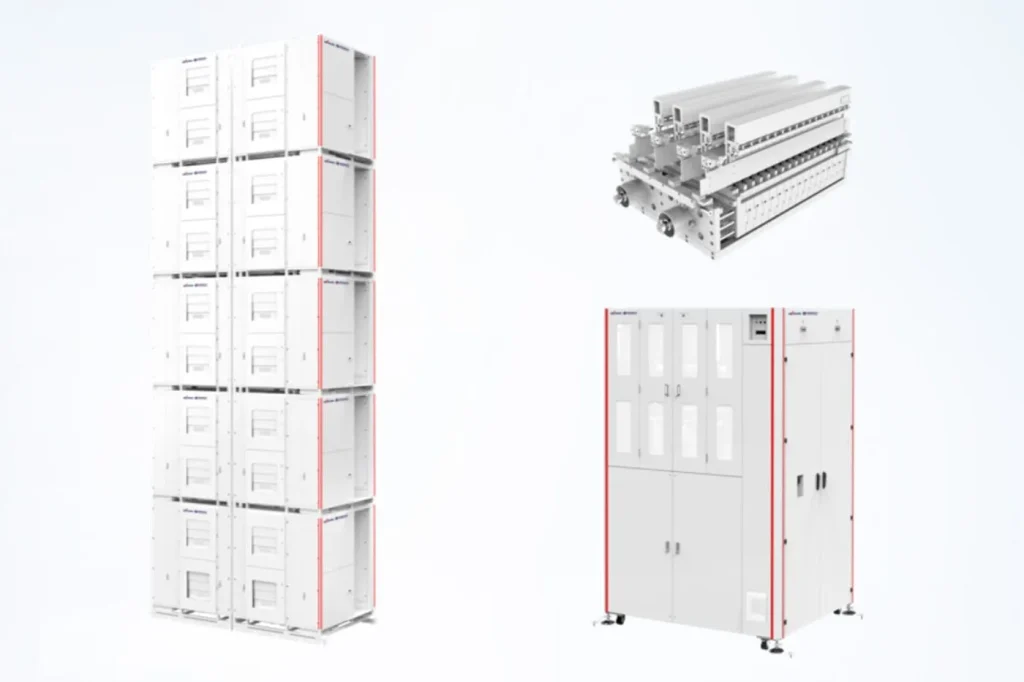Chinese machinery manufacturer LEAD has unveiled a system for battery formation and evaluation that aims to significantly reduce energy consumption, lower operating costs and improve production consistency for lithium-ion battery manufacturers.
LEAD ranks among the market leaders and innovation drivers in factory equipment for battery production – only a few weeks ago, the Chinese machinery specialist introduced a dry-coating system for battery electrodes designed for large-scale battery production, which aims to significantly cut energy consumption, costs and carbon footprint.
With its newly presented system, LEAD intends to address a “bottleneck” in battery production amid rising demand, namely the “traditional formation and grading processes”. Here, LEAD seeks to achieve similar improvements (energy consumption, costs, CO2) as with its dry-coating system – even though cell formation involves a completely different step in battery manufacturing.
For instance, a “high-precision temperature control system” is set to enhance performance (the battery chamber is maintained at 25 degrees Celsius with a tolerance of ±1.5°C, which is said to improve temperature control accuracy by 50 per cent). Moreover, the volume of the high-temperature zone is reduced by 60 per cent, and hot water is used as an energy source – both measures are expected to “significantly” lower overall energy consumption.
Integrated designs instead of separate system layouts are also expected to reduce the energy demand of the first charging process by six per cent and floor space requirements by 20 per cent. As parts of the system are delivered pre-assembled, LEAD says installation and commissioning times can be reduced by up to 30 per cent. Additional improvements include easier maintenance and increased automation.
Another new development is negative pressure components. Combined with other technologies, it maintains “electrolyte injection port cleanliness throughout the process,” as materials in battery production are highly sensitive to contamination such as airborne dust. With these workstations, LEAD intends to reduce the required cleanroom area by 90 per cent – “saving millions in annual facility costs.” For construction costs, LEAD mentions “tens of millions in plant construction savings” for a single production line – although the currency is not specified.
The term ‘formation’ refers to the first charging of the battery cell after filling it with liquid electrolyte and sealing it. During this process, the so-called SEI film (solid electrolyte interphase) forms on the surface of the anode. It plays a decisive role in the long-term cycle stability (and thus the lifespan) of the battery.
pressebox.de

